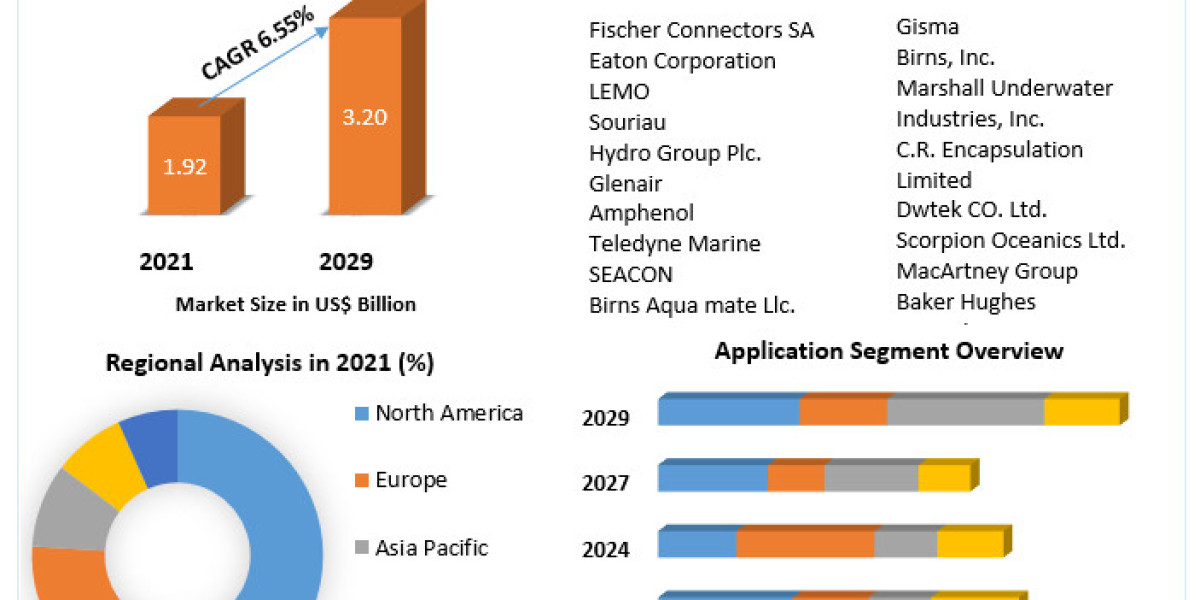The global flexible packaging market was valued at USD 270.96 billion in 2023 and is expected to grow at a compound annual growth rate (CAGR) of 4.8% from 2024 to 2030. The rising demand for flexible packaging in the medical and pharmaceutical industries is a key driver of this growth. Flexible packaging offers several advantages, such as a variety of container types, reduced raw material usage, ease of disposal, and lightweight characteristics, which are anticipated to further drive demand throughout the forecast period.
According to the Flexible Packaging Association, approximately 34.7 million tons of food produced annually ends up in landfills, contributing to 27 million tons of carbon dioxide emissions. Moreover, food production has other indirect environmental impacts, including greenhouse gas emissions from cattle, farm machinery, and transportation, as well as nutrient runoff from fertilizers, which can lead to water pollution.
One of the ways to address food waste is by extending the shelf life of products. Oxygen and moisture negatively affect the freshness of food, leading to mold formation and making it unsafe for consumption. Factors such as storage conditions, packaging materials, and exposure to external elements like microorganisms, oxygen, light, and moisture all influence a product's shelf life.
Gather more insights about the market drivers, restrains and growth of the Global Flexible Packaging Market
Flexible packaging, made from plastic films with high barrier properties, effectively blocks moisture, light, and oxygen, helping to keep sensitive foods fresh. Additionally, flexible packaging often features resealable closures, allowing consumers to maintain the freshness of food over multiple uses.
Material Insights
In 2023, plastics held the largest market share, accounting for 69.08% of revenue. The demand for plastics in flexible packaging is expected to grow over the next seven years, especially in the food and beverage industry, where plastic's ability to take various forms and shapes is a significant advantage.
The paper segment is projected to grow at a notable rate during the forecast period, driven by increasing demand for sustainable packaging solutions. Paper, made from wood pulp, is lightweight, strong, tear-resistant, and offers better protection due to its coarse texture. Its biodegradable nature makes it easy to dispose of or recycle, which aligns with the growing emphasis on environmental sustainability.
Leading manufacturers are increasingly investing in recycled materials to meet regulatory requirements. For instance, in October 2023, Amcor signed a Memorandum of Understanding (MOU) with SK Geo Centric, a petrochemical company in South Korea. This partnership will allow Amcor to source advanced recycled materials in the Asia-Pacific region by 2025, helping the company achieve its goal of using 30% recycled content across its portfolio by 2030.
Product Insights
In 2023, the pouches segment led the market with the highest revenue share. Pouches are small, single-use bags commonly made of plastic, aluminum foil, or sometimes paper. They consist of multiple laminated layers of plastic films held together by heat, pressure, or adhesives. Pouches are resealable and provide a cost-effective alternative to metal, cardboard, and glass containers.
The films and wraps segment is expected to experience the fastest growth over the forecast period. These products are made of multiple layers of plastic films, which are bonded together through extrusion. Each layer typically consists of a different type of polymer, making these packaging solutions highly durable and versatile for a range of applications.
Application Insights
Flexible packaging is used across several key industries, including food, beverages, pharmaceuticals, healthcare, personal care, and cosmetics. In 2023, the food segment dominated the market, driven by the rising demand for packaged foods such as ready-to-eat meals, frozen foods, snack items, and cake mixes. As a result, flexible packaging manufacturers are expected to expand production capacity to meet growing demand in this sector.
In the pharmaceutical industry, flexible packaging refers to non-rigid packaging materials used to store and protect a range of medical products, including powders, tablets, and capsules. Common types of flexible packaging for pharmaceuticals include pouches, blister packages, and strip packages. Examples of pharmaceutical products that use flexible packaging include ointments, creams, wipes, and medical swabs. This versatile packaging helps maintain the integrity of the products and ensures they remain safe for medical use.
Order a free sample PDF of the Flexible Packaging Market Intelligence Study, published by Grand View Research.















